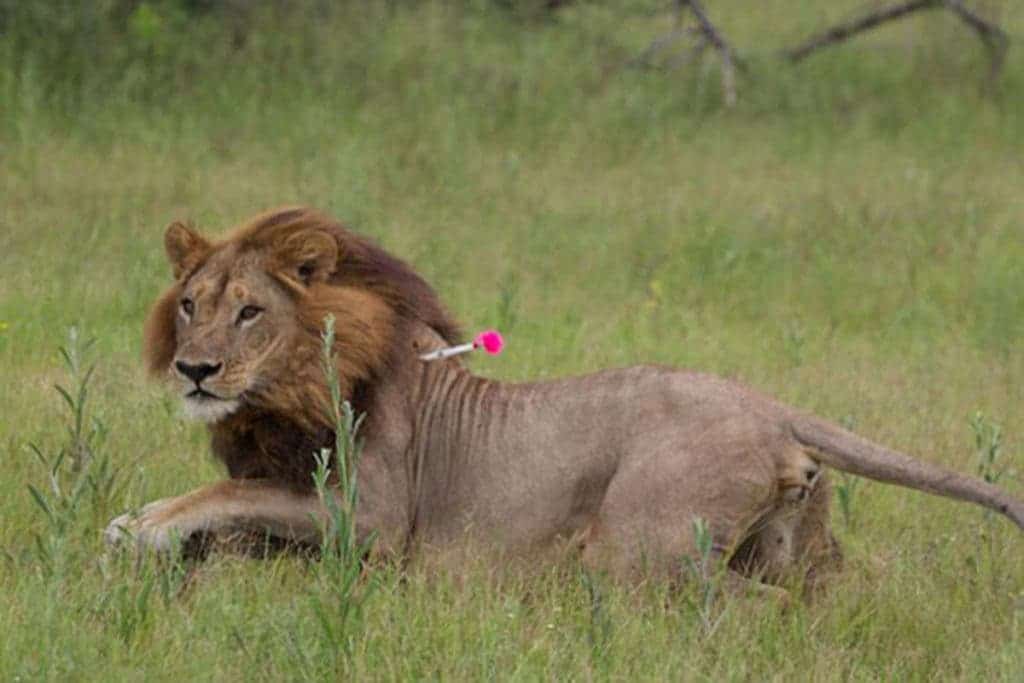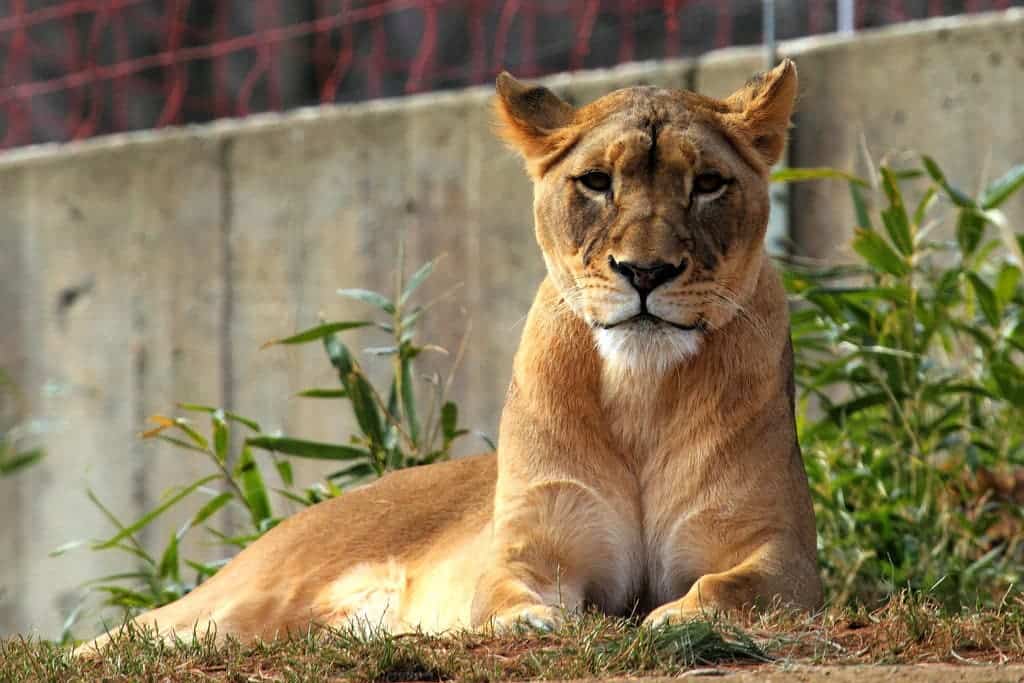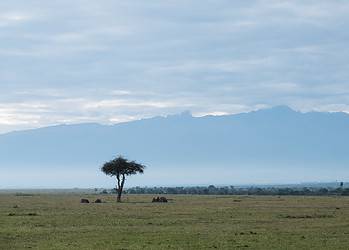Five lionesses in Botswana have grown male-like manes and one is even roaring and humping other females.

The lion king you see above is actually a queen – and she’s not the only one looking like this. Geoffrey D. Gilfillan at the University of Sussex in Falmer, UK and colleagues have reported five lionesses sporting a mane at the Moremi Game Reserve in Botswana’s Okavango delta.
As we learn when we’re kids, male lions have a big mane, they roar, and they’re the kings of the savannah. Females are a bit smaller and don’t have the rich hair, but they do most of the hunting. However, there’s a small group which doesn’t fit that description, as Gilfillan learned. He started studying these lionesses back in March 2014 and especially focused on a female he called SaF05.
“While SaF05 is mostly female in her behaviour – staying with the pride, mating males – she also has some male behaviours, such as increased scent-marking and roaring, as well as mounting other females,” says Gilfillan.
“Although females do roar and scent-mark like males, they usually do so less frequently,” he says. “SaF05, however, was much more male-like in her behaviour, regularly scent-marking and roaring.”
She’s not alone in exhibiting these masculine features. Four other females have been spotted doing similar things and also growing manes. It’s not clear why this happens, but it’s most likely linked to an increased testosterone production. In lions, testosterone directly affects the mane. Castrated lions, for example, will lose their ability to produce testosterone and their mane will fall off as a result. Something like this, but in reverse, could be what’s happening here. It wouldn’t be the first time either. In 2014 13-year-old lioness named Emma at the National Zoological Gardens of South Africa started to grow an incredible mane.

Biologists working at the zoo removed her ovaries and found something surprising.
“Surprisingly, the ‘ovaries’ that were removed only contained cells normally seen in the testicles of males. This was obviously where the testosterone was being produced,” said the zoo’s clinical veterinarian, Adrian Tordiffe, at the time.
“After her ovaries were removed, Emma gradually lost her mane hair and returned to her normal female good looks.”
The changes might offer a bonus when the pride is competing with other prides, but it might also signal something much more worrying. The females might be carrying a very rare genetic mutation which also makes them infertile. This means that the anomaly will not spread to the offspring, but it also means that the pride will have a hard time creating offspring in the first place.
Luke Hunter, president and chief conservation officer at the global wild cat conservation organisation Panthera, believes there’s no reason to worry.
“I don’t think this is anything to be concerned about,” says Hunter. “Although the females are apparently infertile, they otherwise appear to live long, healthy lives. And from a conservation perspective, there is nothing to suggest the pattern is increasing or will ever be anything more than a rare, local phenomenon.”
From a scientific point of view, it’s extremely interesting. A notable episode took place when SaF05 hunted a zebra. A neighboring pride then stole the zebra from her and in response, she went and killed two cubs from the other pride. This is extremely uncommon for females but quite common in males.
Journal Reference: Rare observation of the existence and masculine behaviour of maned lionesses in the Okavango Delta, Botswana.






